Donna Hammer
THANK YOU!
The support of the the University of Maryland Physics Department and the National Institute of Standards and Technology in organizing and hosting this conference are greatly appreciated. We are also grateful for our generous sponsors. Special thanks to those who helped to organize the conference:
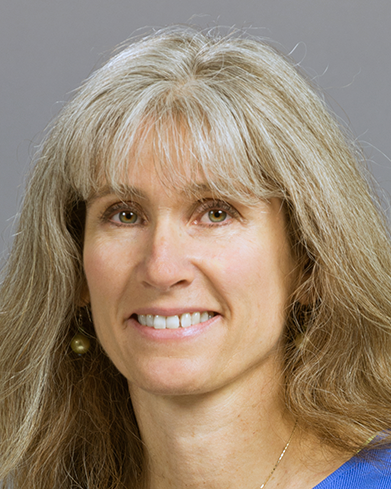
Donna Hammer is the Director of Education of the physics department of the University of Maryland.

Dr. Hight Walker's research focuses on understanding the underlying chemistry and physics of nanomaterials, including noble and transition metallic nanoparticles, carbon nanotubes, and graphene. While the tool of choice is Raman spectroscopy, they use a suite of measurement methods to characterize the physicochemical properties of nanomaterials that enable key applications, such as medicine and energy, as well as predict their impact on the Environmental Health and Safety (EHS). The Raman facility is unique. Multiple laser lines, two spectrometers including a triple grating, cryostats, magnetic field, and an atomic force microscope combined instrument, provide the basis for the measurement capabilities. Through our extensive in-house engineering and synthesis capabilities, we are able to uniquely synthesize the nanomaterials, fine tune their properties and isolate specific parameters for study. This cycle of production, isolation, and characterization is fundamental to a meaningful, detailed analysis. Multidisciplinary collaborations, both those inside of NIST and beyond, are crucial to the group's success. By working in research teams, we learn more and contribute more fully to the physics of nanotechnology. NIST teams with which her group actively collaborates include Carbon Nanotube Metrology, Biomagnetic Imaging, Graphene, and Nano EHS. Dr. Hight Walker is actively involved in standard activities regarding nanotechnology. Under ISO/TC 229, she chairs the US Technical Advisory Group for Working Group 2: Measurement and Characterization, as well as an international Joint Task Group titled Measurement and Characterization of Nanomaterials for Environment, Heath, and Safety. Angela also is a contributor to the characterization of the NIST carbon nanotube reference material.
Angela Hight Walker
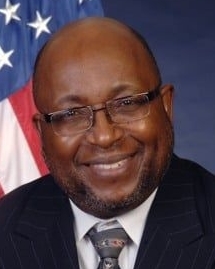
Dr. May led NIST's research and measurement service programs in chemistry-related areas for more than 20 years. Prior to that, his personal research activities were focused in the areas of trace organic analytical chemistry and physico-chemical properties of organic compounds, where his work was described in more than 85 archival publications. Dr. May has several leadership responsibilities in addition to those at NIST. He is Vice President of the 18-person International Committee on Weights and Measures (CIPM); President of the CIPM's Consultative Committee on Metrology in Chemistry and Biology; and an Executive Board Member for the Joint Committee on Traceability in Laboratory Medicine (JCTLM). He also serves on the External Advisory Boards for the UK's National Physical Laboratory (NPL) and Japan's National Institute of Advanced Industrial Science and Technology (NAIST).
Willie May
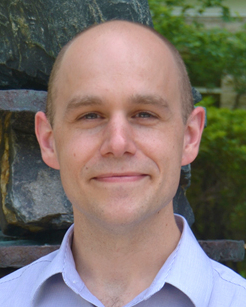
Brad Conrad, originally from the Washington DC area, earned his B.S. in Physics and a minor in Modern World History from Rochester Institute of Technology (RIT) in the snowy northlands of Rochester, NY. While there, Brad was president of his local SPS chapter and a SPS National Council member, Zone 2. Brad then went on to complete his Ph.D. in Experimental Condensed Matter Physics at the University of Maryland College Park where he studied on organic semiconductors and surface physics. After a National Research Council fellowship at the National Institute of Standards and Technology where he worked on organic crystals, Brad became an Associate Professor at Appalachian State University in Boone, NC. Brad Conrad has been an active volunteer at SPS/APS (American Physical Society) undergraduate research sessions, supported his local SPS chapters, and served on several APS task forces focused on graduate students and early career physicists. Dr. Brad Conrad now serves as the Director of the Society of Physics Students and Sigma Pi Sigma (ΣΠΣ). He proudly represents all SPS members and works to make SPS an integral component of each student’s personal phase space.
Brad Conrad
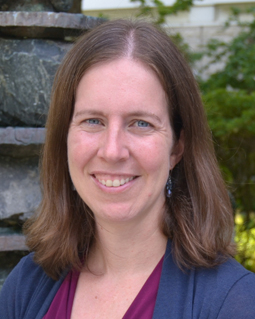
Kerry Kidwell-Slak is a Maryland native and earned her BS in Mechanical Engineering from Duke University. While at Duke, she studied abroad in Northern Ireland and was secretary of the American Society of Mechanical Engineers (ASME) chapter. Following graduation, Kerry worked as a consulting engineer with MPR Associates, Inc in Alexandria, VA providing solutions for nuclear power clients. After 5 years in industry, Kerry returned to school to earn an MA in Higher Education Administration with a concentration in Student Affairs from The George Washington University. Prior to joining AIP, she was Associate Director of Internships & Employment with the Career Center at the University of Maryland, Baltimore County (UMBC) with a focus on applied learning and career outcomes for STEM students. As the Assistant Director for SPS and Sigma Pi Sigma, Kerry leads internal operations of the National Office to provide students and chapters with the tools needed for success.
Kerry Kidwell-Slak
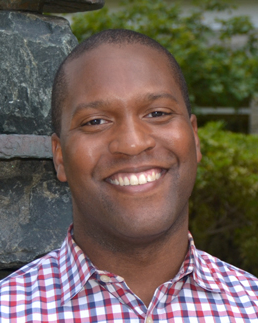
James Merrick is the Manager of Society of Physics Students (SPS) and Sigma Pi Sigma Programs. James is originally from Baltimore, Maryland and earned his undergraduate degree in Political Science from the Wake Forest University. He also holds a Master’s degree in Public administration from the University of North Carolina at Charlotte. He is a member of Pi Sigma Alpha, the political science honors society. Prior to joining AIP, James served as the Community Partnerships Program Coordinator for Charlotte Works, a local workforce development board, where he oversaw many projects and programs aimed at connecting students and job-seekers to professional and career development opportunities. In his current role, James will oversee and manage all logistics of the SPS and Sigma Pi Sigma programs. He is responsible for the annual SPS Internship program, provides ongoing chapter development, and is the managing editor for The SPS Observer magazine.
James Merrick
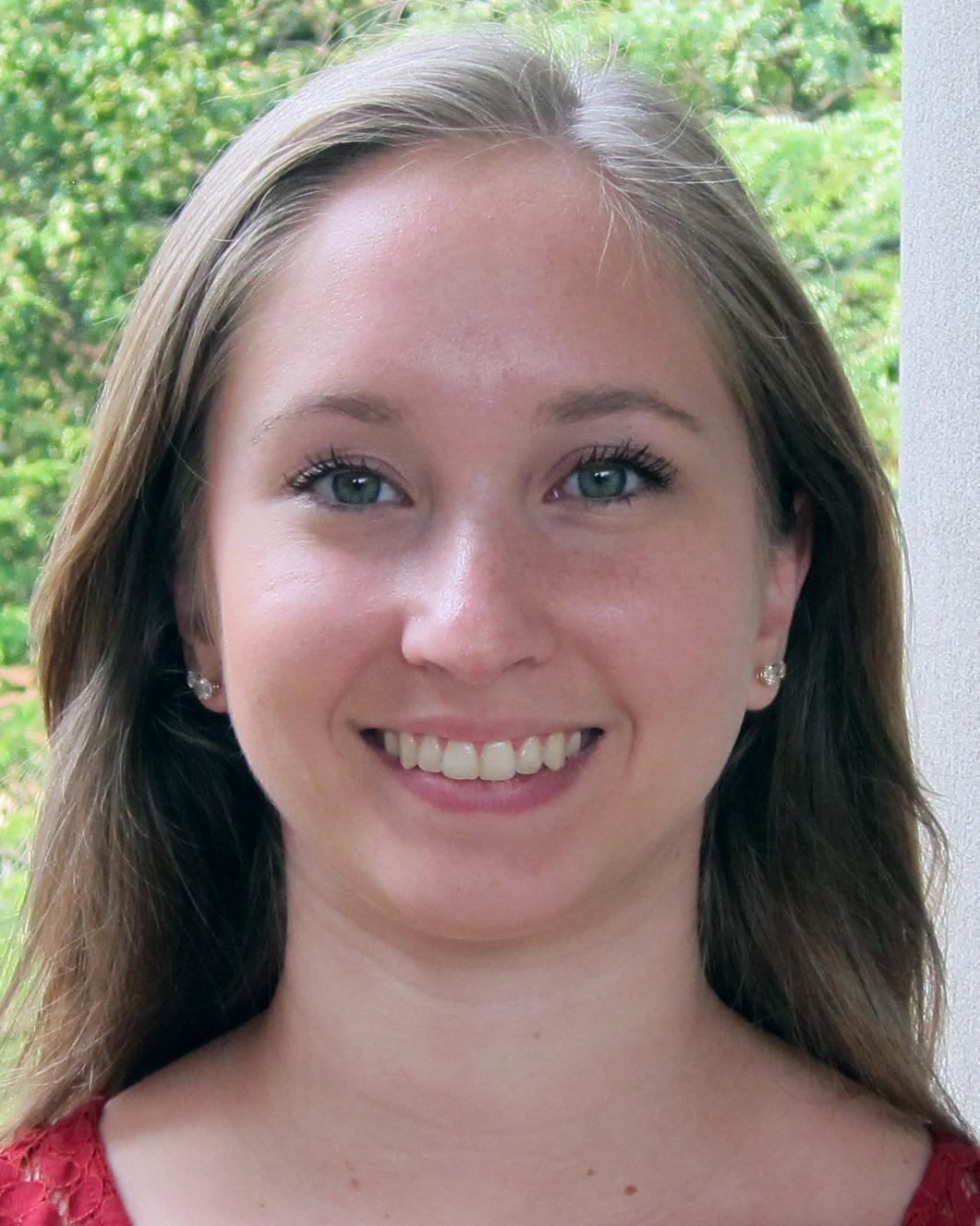
Jessica completed a Master's in Education and a BS in Physics at UMD. She is the Graduate Studies Coordinator for the Physics Department at UMD, where she is responsible for overseeing graduate records and supporting the graduate admissions process.
Jessica Crosby
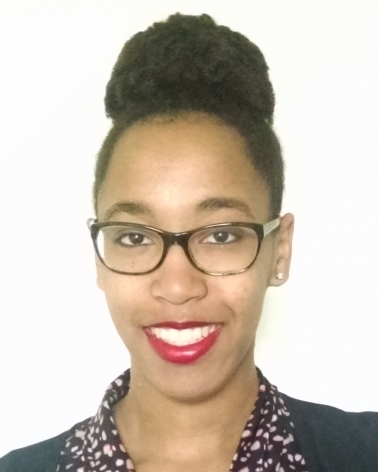
Deliah Gates is a former undergraduate from the University of Maryland, and is currently pursuing a graduate degree at Harvard University.
Delilah Gates
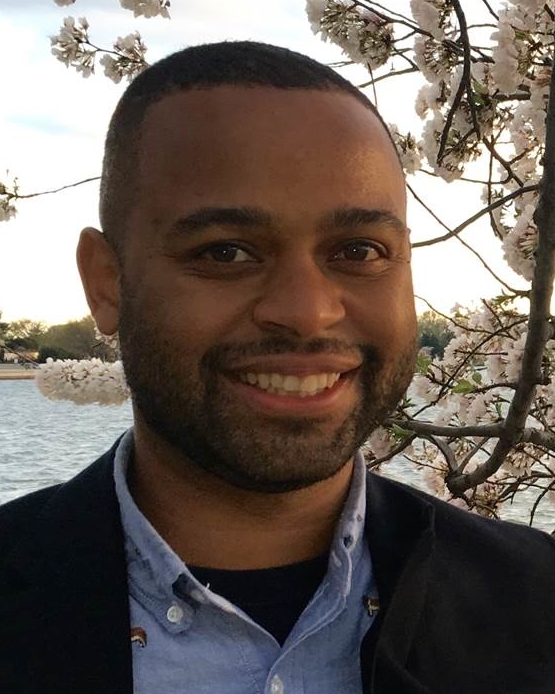
Thomas A. Searles received his Ph.D. in Applied Physics from the Electrical & Computer Engineering Department at Rice University in 2011. His thesis work primarily focused on the magneto-optical properties of carbon nanotubes. Upon his appointment in the Department of Physics & Astronomy at Howard University, Thomas has established a new research program in applied and materials physics. During his career, Thomas has performed experiments at the National High Magnetic Field Laboratory, Naval Research Laboratory, UCSB Free Electron Laser Facility, Harvard Center for Nanoscale Systems, National Institute of Materials Science (Tsukuba, JP) and Tohoku University (Sendai, JP). Furthermore, Thomas has completed Visiting Faculty Fellow appointments at Los Alamos National Laboratory and the Air Force Research Laboratory. Thomas graduated from Morehouse College with a B.S. in Mathematics and Physics. He is a native of Albany, GA.
Thomas A. Searles
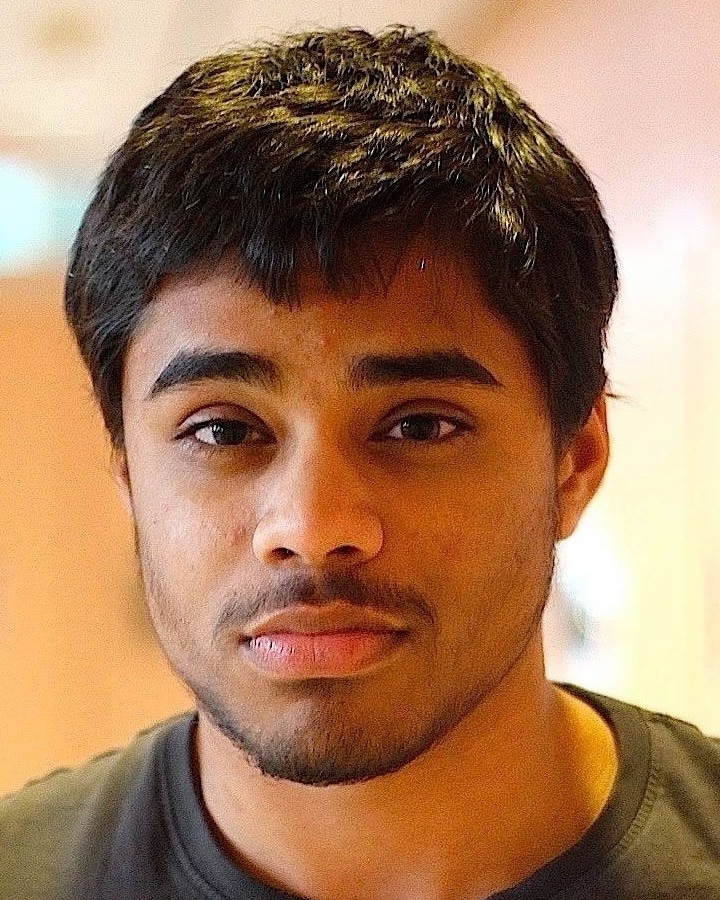
Siddhartha is an undergraduate student at the University of Maryland, pursuing a degree in Physics and Computer Science. He is also part of the Society of Physics Students at UMD and is currently doing research in supersymmetry and supergravity with Dr. James Sylvester Gates.
Siddhartha Harmalkar

Sarah is pursuing a double degree in Physics and Computer Science at The University of Maryland. She is active with the Society of Physics Students on campus, currently serving as President, and well as being a member of The American Nuclear Society, and The Association of Women in Computing. Sarah wants to pursue a career in nuclear energy research and policy
Sarah Monk

Junellie is a junior double majoring in Astronomy and Physics at the University of Maryland, College Park. She is a member of the Society of Physics Students, the Astroterps and the Astronomy Gentleladies’ Network at UMD. As part of her undergraduate experience, she has done research on the Galactic Center at NASA GSFC, and exoplanets (astro-geophysics and astrophysics) both at Carnegie Institution for Science (DTM) and the Carl Sagan Institute at Cornell University.
Junellie Gonzalez Quiles
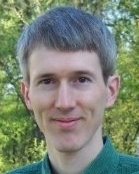
Dr. Shawhan is an assistant professor at the University of Maryland who is working on a major project called LIGO (short for Laser Interferometer Gravitational-wave Observatory) which is designed to detect gravitational waves coming from distant astrophysical objects such as black holes, neutron stars, cosmic strings, or the core of a massive star when it collapses and creates a supernova. Gravitational waves are distortions in the geometry of space-time which are predicted, by Einstein's general theory of relativity, to be emitted when massive bodies change their shape or orientation rapidly. Direct searches for gravitational waves began with Joe Weber here at the University of Maryland in the 1960s and have continued with increasingly sensitive detectors. In particular, the Advanced LIGO upgrade, completed in 2015, finally enabled the direct detection of gravitational waves!
Peter Shawhan
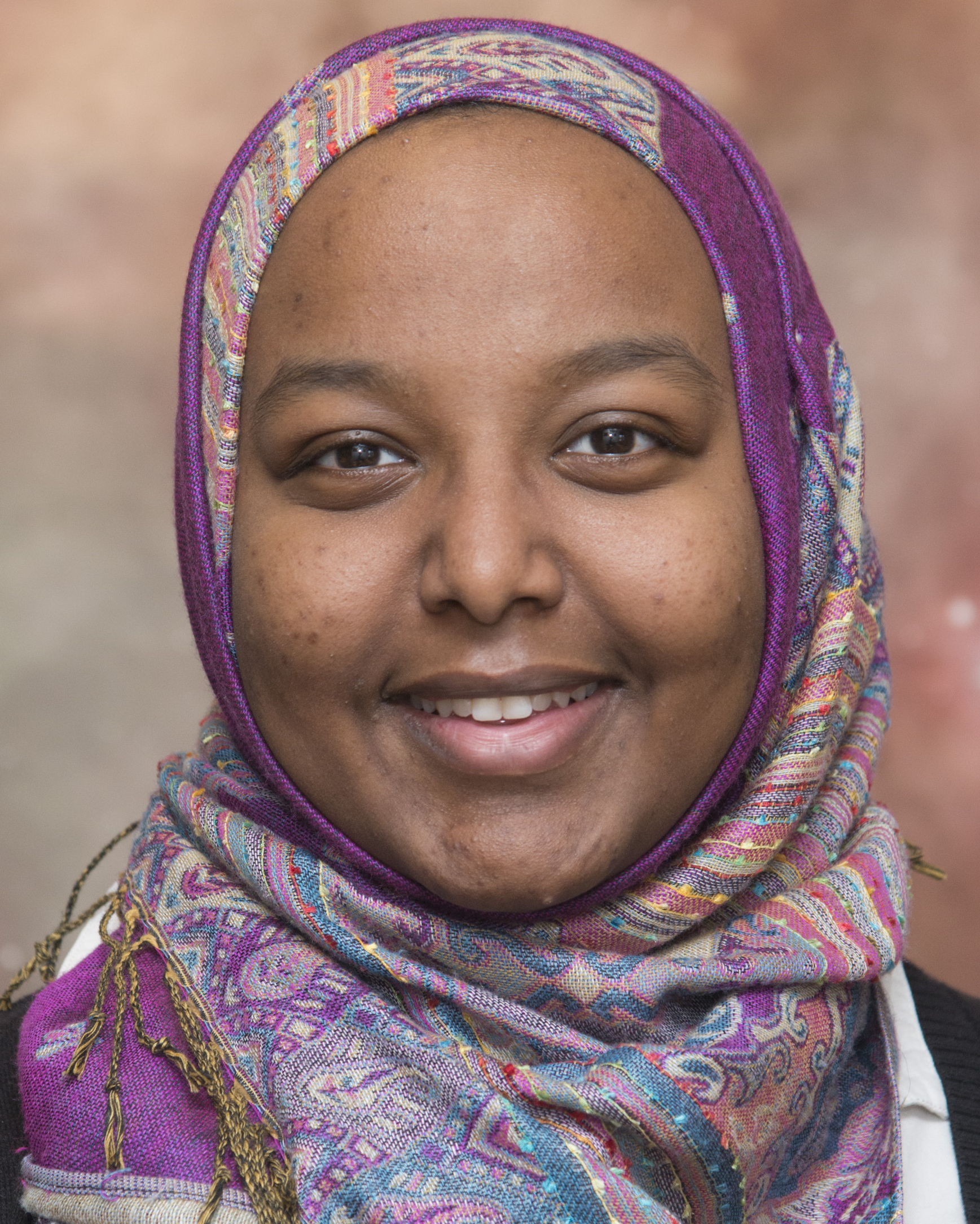
Danya AbdelHameid is a senior at the College of William and Mary, where she is studying Physics and Geology. She is broadly interested in Geophysics, particularly Glaciology and Geophysical Fluid Dynamics. Alongside her scientific interests, Danya has spent much time thinking about the experiences of underrepresented minority (URM) students in Physics, Geology, and broadly, STEM and advocating for inclusion and equity for URM in STEM.
Danya AbdelHameid

Landry is a senior majoring in physics at the University of Maryland. He plans on going to graduate school to study the intersection of condensed matter and high energy density plasma physics. He currently does research with an experimental condensed matter physics group at UMD. He is also active in the Society of Physics Students. In addition to physics, Landry likes board games and is an avid runner.
Landry Horimbere

Megan is a graduate student at the University of Maryland. Her research is focused on understanding angular momentum transport in black hole-accretion disk systems using very advanced simulations. She has been very involved in Women in Physics for many years, including coordinating the undergraduate mentoring program. She was also part of the local organizing committee for the 2014 Mid-Atlantic Conference for Undergraduate Women in Physics.
Megan Marshall
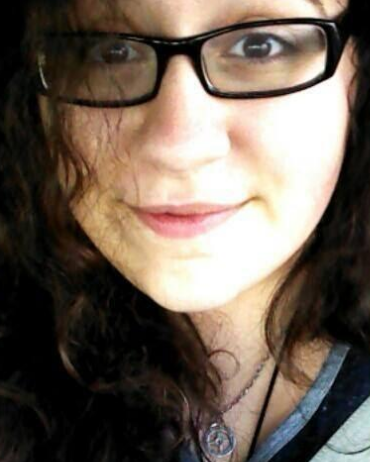
My name is Stephanie Williams, and I am a 20-year-old graduate student in physics and astronomy at UMD. I am a sophomore currently, and am hoping to participate in research in cosmology, gravitational waves, or dark matter. I am very passionate about education, and scientific literacy in America. My long term goals are to either be a university professor at a research university such as the University of Maryland, so I can teach as well as conduct my own research, or to work with groups such as NASA and JPL to create programs that aim to increase access to scientific community and education for children in the country.
Stephanie Williams

Emily Edwards is the Director of Communications and Outreach at the Joint Quantum Institute. Before becoming involved in science communication, Emily was a graduate student and postdoctoral researcher in experimental atomic physics and quantum information. She is specifically interested in using multimedia tools to improve public awareness and literacy as it relates to physics. Emily also enjoys outreach activities such as building physics demos and talking to kids about science.
Emily Edwards
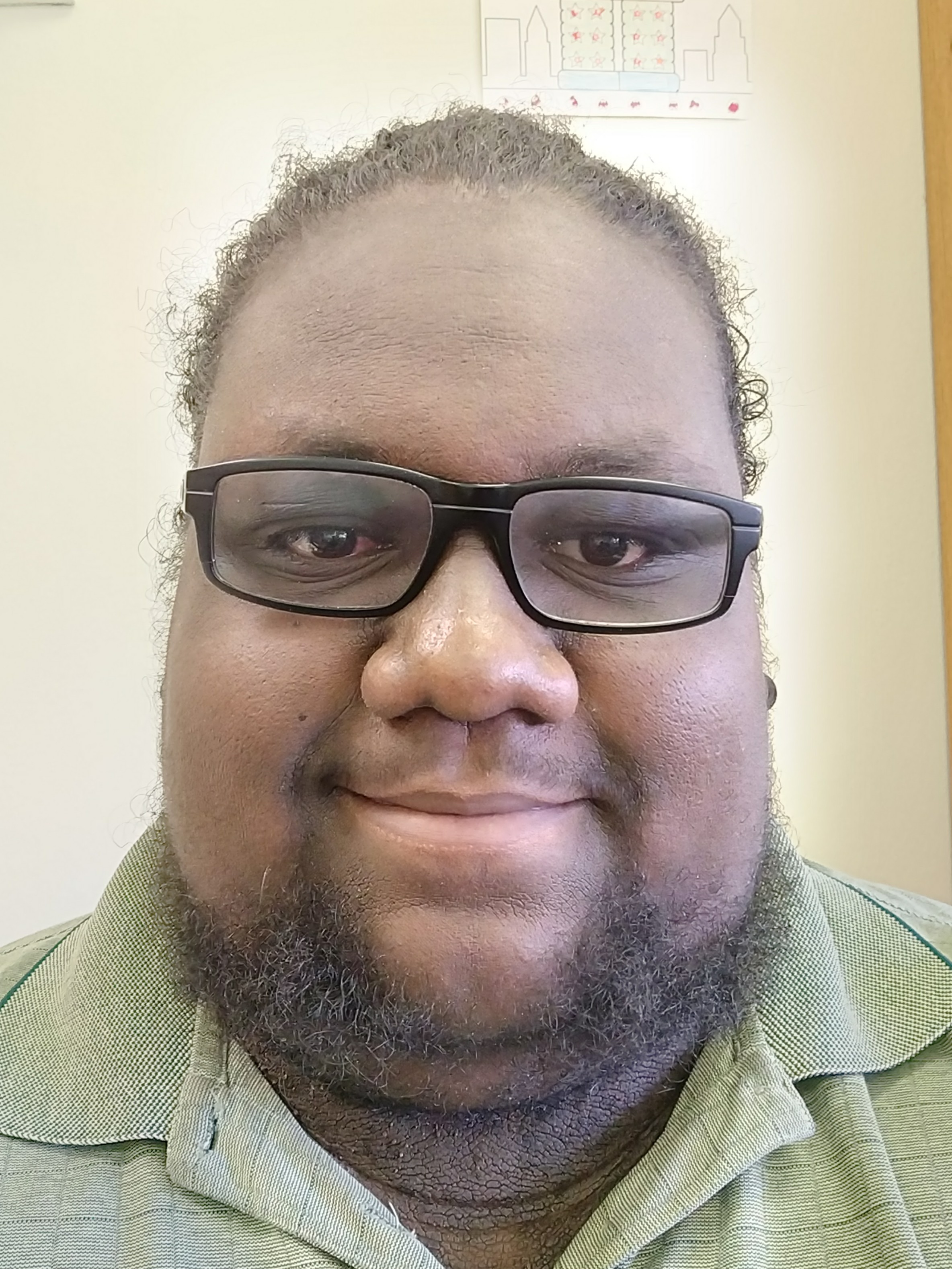
Sergio graduated this May from Howard University, where he was the president of the HU Society of Physics Students, and he is joining the UMD Physics department this year as a graduate student. His main research interest is theoretical gravitational physics. He has done research with the JQI and with the Green Bank Observatory, as well as studying the fundamentals of quantum gravity with Howard's Dr. James Lindesay. He also has experience working with underrepresented youth to cultivate interest in STEM fields.
Sergio Smith
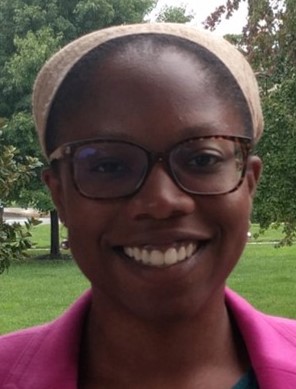
Oluchi earned her B.S. in Physics from the University of Maryland and is the Coordinator for Outreach and Inclusion in the Physics Department. Before joining the department, she studied particle physics as a member of the Cosmic Ray Energetics And Mass (CREAM) collaboration where she worked with the National Aeronautics and Space Administration (NASA), Japan Aerospace Exploration Agency (JAXA), and the European Organization for Nuclear Research (CERN).
Oluchi Ofoha
 CU²MiP
CU²MiP



